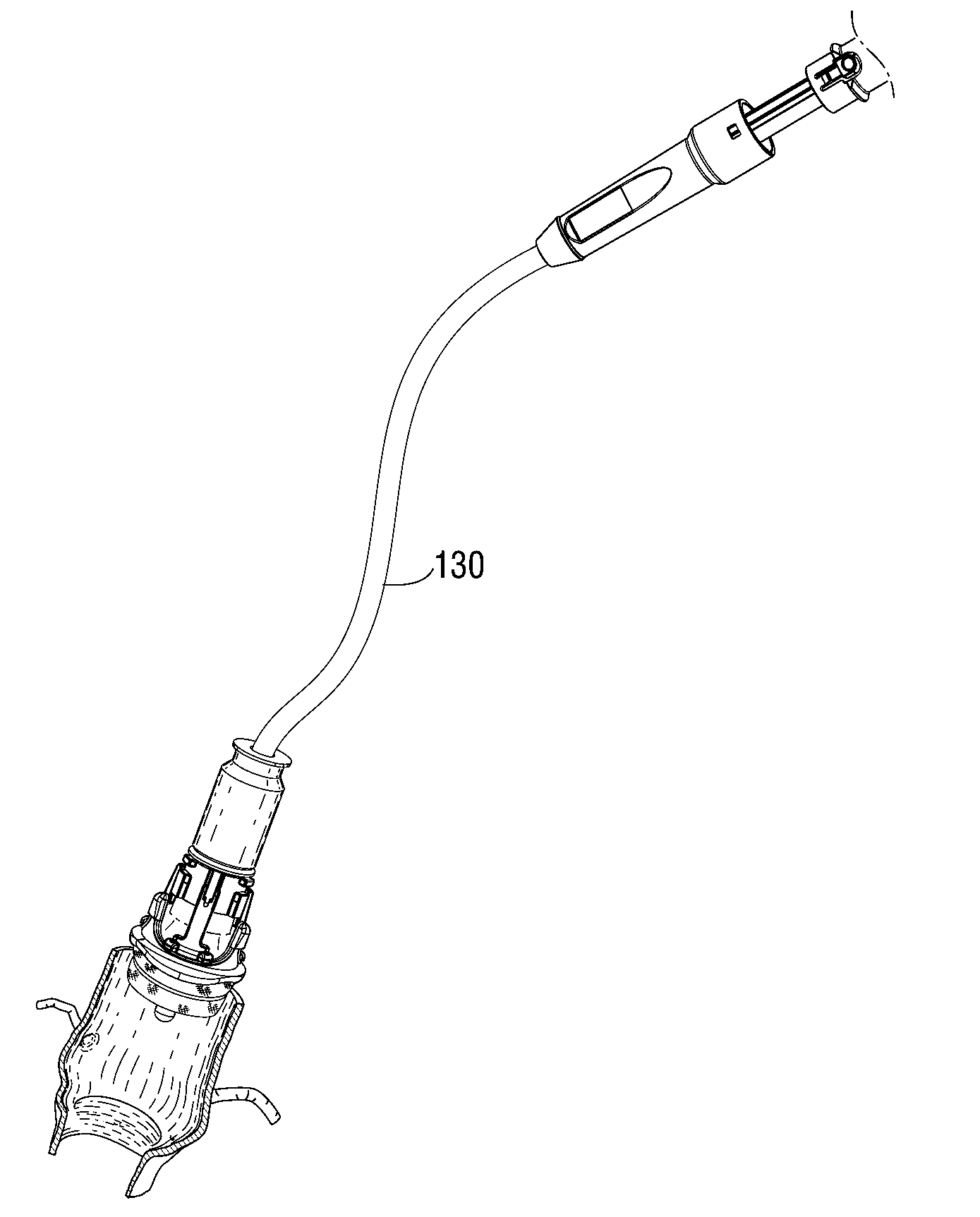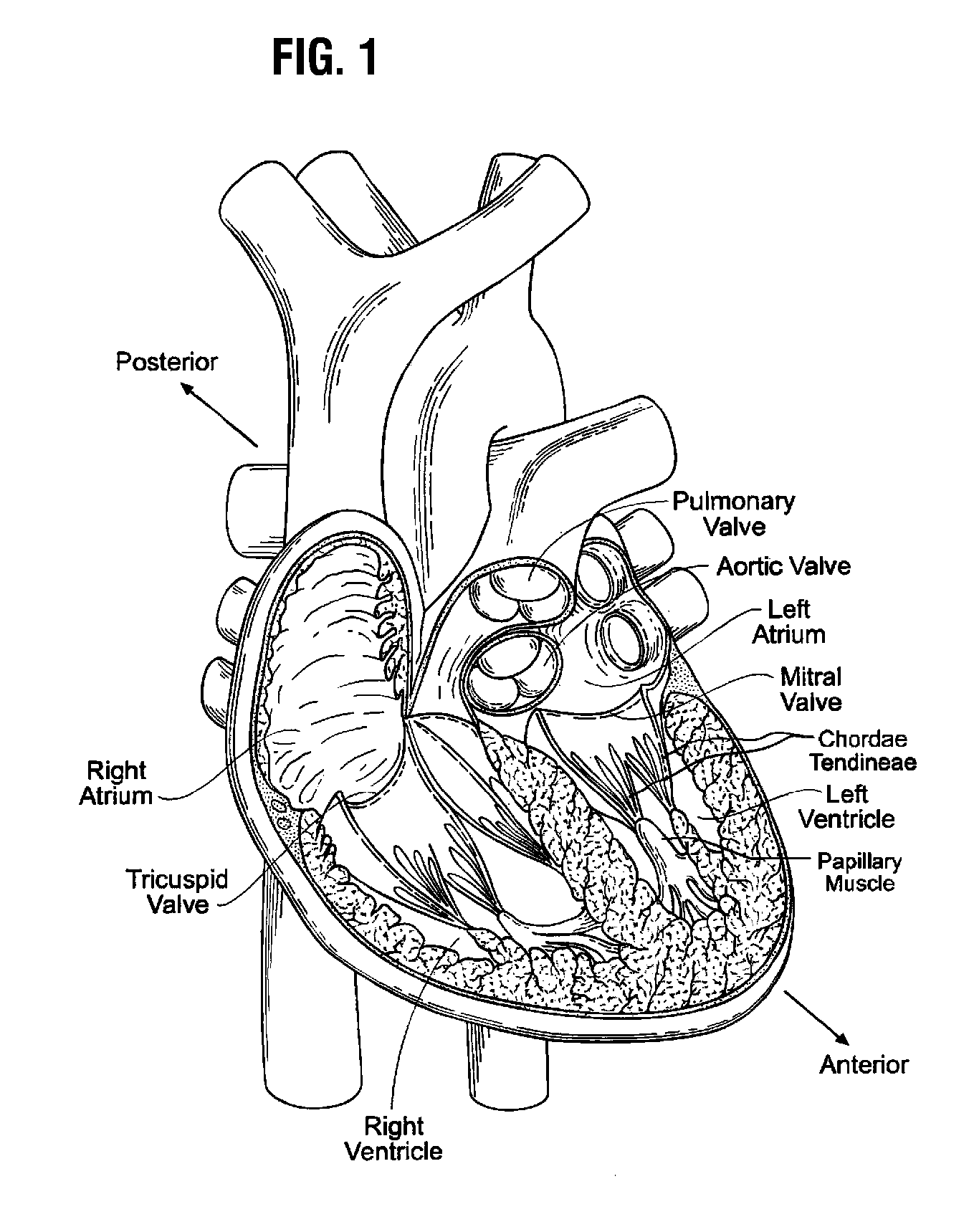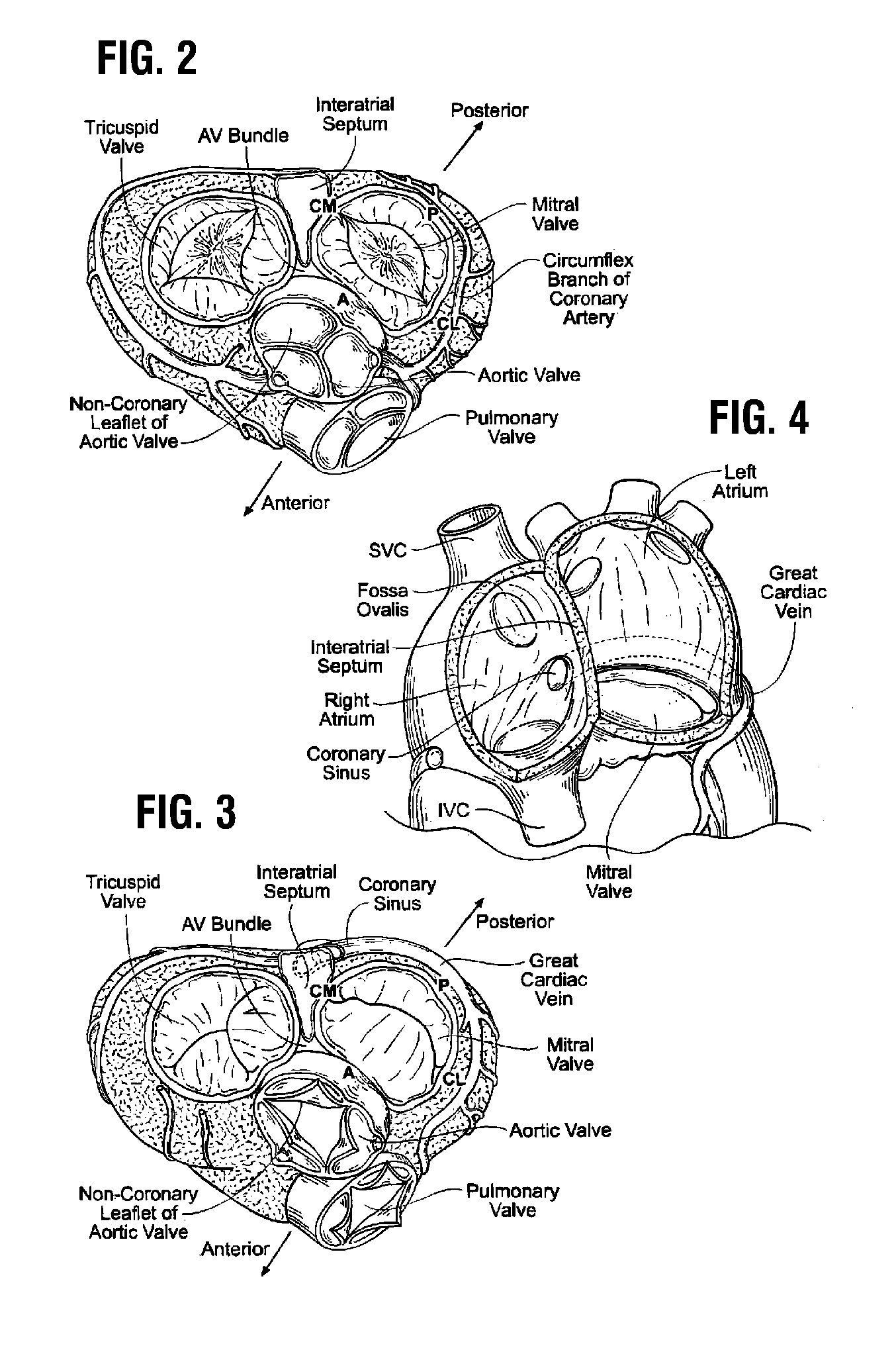Systems for rapidly deploying surgical heart valves
a heart valve and rapid technology, applied in the field of prosthetic valves, can solve the problems of high morbidity and mortality rate, patients do not survive the surgical procedure or die, and the risk to the patient increases, so as to achieve quick and easy replacement of the heart valve, the effect of minimizing the time of us
- Summary
- Abstract
- Description
- Claims
- Application Information
AI Technical Summary
Benefits of technology
Problems solved by technology
Method used
Image
Examples
Embodiment Construction
[0099]The present invention attempts to overcome drawbacks associated with conventional, open-heart surgery, while also adopting some of the techniques of newer technologies which decrease the duration of the treatment procedure. The prosthetic heart valves of the present invention are primarily intended to be delivered and implanted using conventional surgical techniques, including the aforementioned open-heart surgery. There are a number of approaches in such surgeries, all of which result in the formation of a direct access pathway to the particular heart valve annulus. For clarification, a direct access pathway is one that permits direct (i.e., naked eye) visualization of the heart valve annulus. In addition, it will be recognized that embodiments of the prosthetic heart valves described herein may also be configured for delivery using percutaneous approaches, and those minimally-invasive surgical approaches that require remote implantation of the valve using indirect visualizat...
PUM
 Login to View More
Login to View More Abstract
Description
Claims
Application Information
 Login to View More
Login to View More - R&D
- Intellectual Property
- Life Sciences
- Materials
- Tech Scout
- Unparalleled Data Quality
- Higher Quality Content
- 60% Fewer Hallucinations
Browse by: Latest US Patents, China's latest patents, Technical Efficacy Thesaurus, Application Domain, Technology Topic, Popular Technical Reports.
© 2025 PatSnap. All rights reserved.Legal|Privacy policy|Modern Slavery Act Transparency Statement|Sitemap|About US| Contact US: help@patsnap.com



